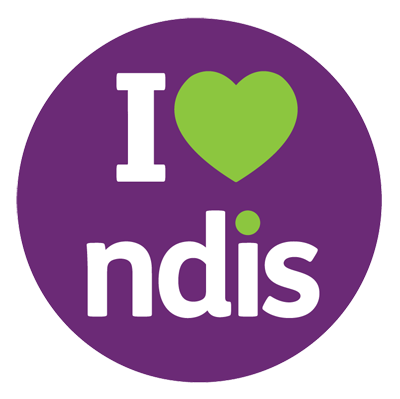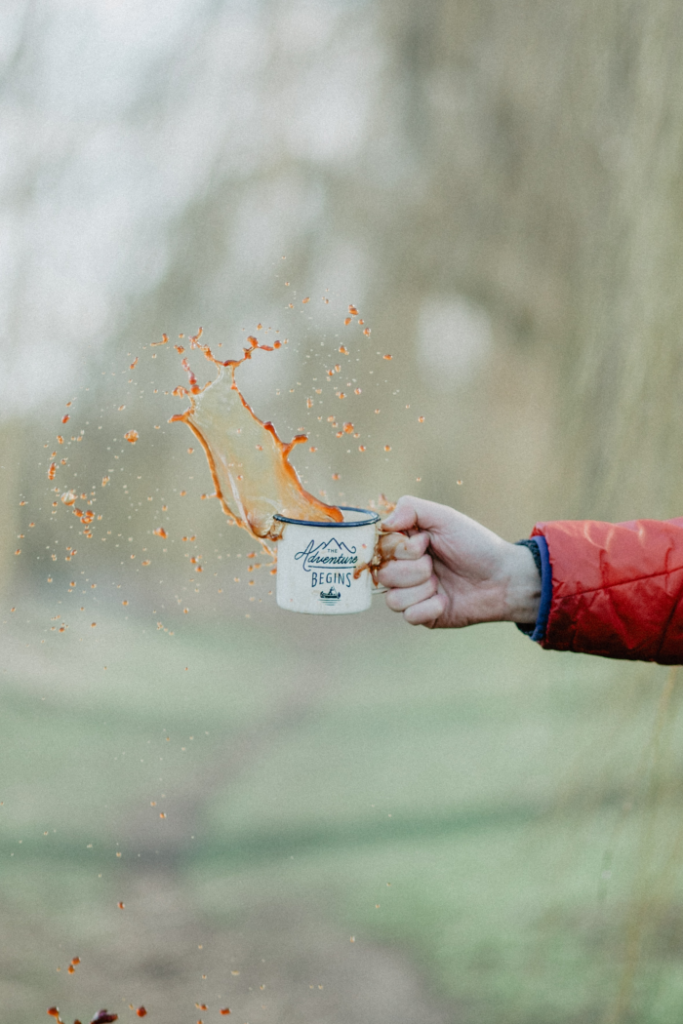FALLS, WHAT IS THE PROBLEM?
Falls are now a leading and growing cause of injury and hospital admissions every year in Australia. Currently, over 30% of people aged 65 years and older fall at least once a year [1, 2]. These falls can be dangerous causing minor injuries such as cuts and bruises or even more severe leading to fractures and head traumas. As you age your risk of falling increases and the risk of related injuries increases with it. Falls are more likely to occur with:
– Increased age
– Increased frailty
– Increased weakness
– Impaired vision
– Poor balance
– Reduced cognition
– Multiple medications
After a fall you may be restricted to bed rest and if surgery is required there are numerous post-op complications that may occur which include pain, infections, chest issues and pressure sores leading to longer recoveries and time spent in hospital and bed.
Another complication is a long-lie. A long-lie occurs when someone remains on the ground after a fall for more than an hour. This may be a sign of loss of consciousness, weakness or illness. Increased time spent in a long-lie is associated with:
– Increased fear of falling which can lead to a higher falls risk
– Muscle damage
– Pressure sores
– Dehydration
– Hypothermia
– Pneumonia
Having a fall with a long-lie can be very detrimental to your health and cause many unwanted problems.
Falls are a major problem especially in the ageing community. 30-50% of elderly people living in long-term care fall each year with 40% of those people having recurrent falls [3]. It is important to address peoples’ risk of falls and to prevent any possible complications that may occur from a fall.
WHAT IS THE SOLUTION?
If you are worried that you or someone you know may experience a fall, the first thing you can do is go for a falls risk assessment. To find out more, speak to your local GP, Physiotherapist (PT) or Occupational therapist (OT) for falls risk.
If you are deemed to be at risk of falling you can:
– Utilise Prevention equipment for injuries and falls
– Trial mobility aids such as walking sticks, quad sticks, walking frames or rollator frames
– Have an OT review your living environment to add some in-home adjustments such as rails
– Discuss with your GP/PT/OT
– Speak to your GP/PT who can guide you to exercise classes in your area
FALLS PREVENTION
In hospitals, nursing homes and community facilities it is important that occupants with high risk of falls move about under the direction, supervision and/or assistance of staff. This is utilised to decrease any possible risk of falls, decrease risk of injury and ensure the occupant’s safety. As staff are often busy and cannot be with occupants 24/7, it is necessary for staff to be promptly alerted when the occupants are moving out of their beds/chairs. This can allow staff to act as quickly as possible to prevent falls and injuries or assist someone who has fallen. This system helps to reduce falls and injuries and decreases the risk of long-lies associated with falls, leading to less complications and less severe injuries.
There are two main systems that are perfect for the job. The CareWatch sensor pad and alarm are made for chairs and beds. These sensor pads are placed on the mattress or seat cushion for the occupant to lie or sit on top. These pads sense pressure and when the pressure is released the alarm will sound, alerting staff to assist the occupant. This easy to use interface allows for quick response and rapid assistance if necessary.
The MoveAlert sensor mat and alarm works in the opposite way. In this system the mat is placed on the ground next to the bed or in front of the chair. When pressure is placed on the mat the sensors are activated and an alarm is sounded. These mats can be combined with a crash/fall mat to further decrease risk of injuries with a fall.
Both these systems are super easy to use, and these sensor pads and mats are of great assistance in a busy facility. The alarms are an excellent way to alert staff of possible falls and allows a quicker response to help prevent further injuries and complications.
INJURY PREVENTION
For people at a moderate to high risk of falls it’s important to put injury prevention equipment in place. Hip protectors are a great and easy way to reduce the risk of hip fractures and injuries caused by falls. Products such as the SafeHip® are very useful. The SafeHip® are shorts that can be worn with in-built padding over the hips to provide a cushioning surface to distribute force during a fall. This helps to protect the hips and decreases the likelihood of hip fractures. These shorts come in all sizes and are suitable for both men and women. They can be worn on top of underwear and under your everyday clothes. These hip protectors are a must-have to prevent unwanted hip injuries for anyone at risk of falling.
MOBILITY AIDS
Mobility aids can be an easy way to reduce risk of falls by increasing your stability and steadiness. Your PT can assess your balance and recommend the most appropriate aid for you. Walking sticks and quad sticks can be used to help reduce risk of falls when walking around the house or outside in the garden for people at low risk of falls. These walking sticks provide some extra support and stability as you move about. Walking frames and rollator frames are better suited for people at moderate to higher risk of falling. These frames can be used easily around a level house and when walking around the community, however, may be harder to manage up and down stairs. These mobility aids are easy to manoeuvre and usually encompass a seat and basket to assist with carrying items and for rests.
HOME MODIFICATIONS AND ADJUSTMENTS
Home modifications such as rails, over toilet aids and shower chairs can all assist in reducing risk of falls. These modifications ensure better safety and care within the home. Ensure you speak to your OT or call our friendly staff at Safety and Mobility who can help guide you in this area.
Falls are a big problem, but we can help to address it!
If you are looking for any further information on falls prevention alarms, hip protectors, mobility aids, home modifications or equipment, our friendly staff at Safety and Mobility would love to help you out! If you would like to browse an extensive list of mobility aids, home modifications and falls prevention products, visit our website today.
References:
[1] Australian and New Zealand Falls Prevention Society. Info about Falls. Retrieved from https://www.anzfallsprevention.org/info/ [2] Neuroscience Research Australia. Understanding Human Balance to Prevent Falls What We Know. Retrieved from https://www.neura.edu.au/health/falls-balance/ [3] World Health Organization. WHO global report on Falls Prevention in Older Age. Retrieved from https://extranet.who.int/agefriendlyworld/wp-content/uploads/2014/06/WHo-Global-report-on-falls-prevention-in-older-age.pdf

